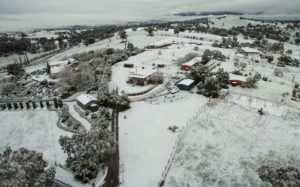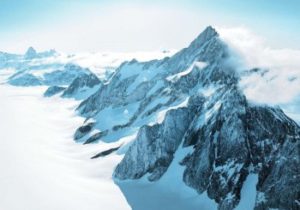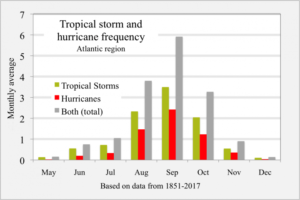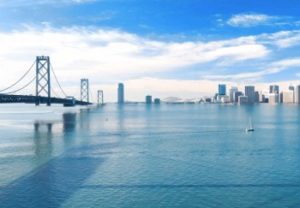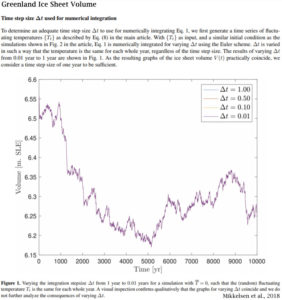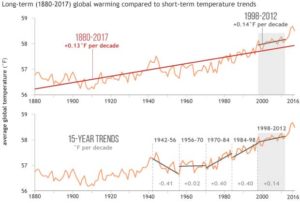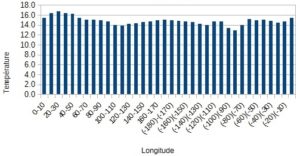by La Tribune Afrique, 16 août 2019
Le Congo dispose de 2 milliards de barils de réserves de pétrole prouvées provenant d’une vingtaine de champs en cours d’exploitation. La récente découverte de pétrole onshore devrait redessiner le futur de l’industrie congolaise des hydrocarbures.
La récente découverte onshore faite dans le gisement du Delta de la Cuvette en République du Congo change la donne pour le Congo et l’Afrique. La découverte a été annoncée le 10 août par SARPD Oil et PEPA, un consortium congolais travaillant en tant qu’opérateurs du bloc.
Les premières projections indiqueraient que les gisements découverts pourraient produire jusqu’à 359 millions de barils de pétrole, soit 983 000 b/j. Cela pourrait quadrupler la production du Congo, qui se situe actuellement à plus de 330 000 barils/jour, selon les derniers chiffres de l’Opep. Le gouvernement lui s’est fixé comme objectif un volume de production de 400 000 barils/jour d’ici 2020.
«Il s’agit de notre première découverte onshore et elle nous laisse beaucoup d’espoir que nous ferons plus de découvertes, en particulier maintenant que nous allons attribuer plus de blocs pour l’exploration pétrolière dans le cycle de licences en cours», a expliqué Jean-Marc Thystère-Tchicaya, ministre congolais des Hydrocarbures dans une déclaration rapportée par la Chambre africaine de l’Energie.
Troisième producteur du Continent
….


